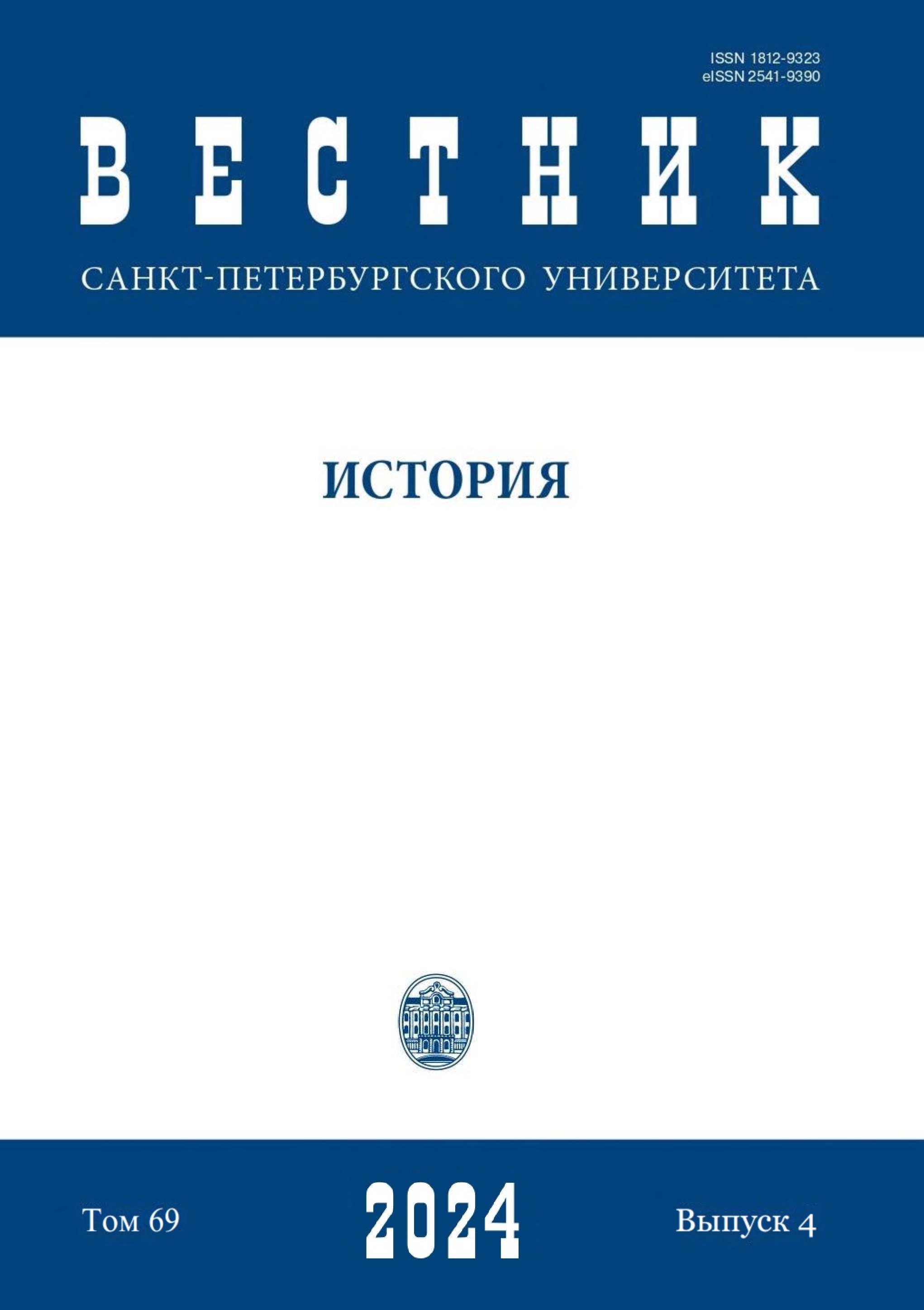The Influence of the Soviet Union on the Formation and Development of Museums in China
DOI:
https://doi.org/10.21638/spbu02.2024.413Abstract
1949 was the year of the founding of the People’s Republic of China. With this important event in the East, the construction of socialism began. Museums played a very significant role. In this context, Soviet museums held significant guiding influence over Chinese museums, attributable to their socialist nature and their political and social functions. The 1950s became a period of flourishing museum affairs in China. During this period there are two trends in Chinese museum architectural design: The first is reconstruction on the Chinese original architectures. The second is to design the museum building according to the Soviet model. Starting in the 1950s, Soviet works on museology were actively translated and studied in China. This work can be divided into three main stages: translation and interpretation of materials on the operating regime and management models of Soviet museums (1950–1952), on the technologies of Soviet museum operations (1953–1956), and on Soviet museology itself (1957–1959). The theories and practices developed by Soviet museums by that time had — and continue to have — a tremendous influence on Chinese museums. Between the PRC and the USSR, scientific exchanges and research projects were consistently and systematically developed. In addition, 31 multifaceted (regional studies) museums were successfully established, including the Shandong Province Museum, which testified to the formation of an indigenous museum system in China. This article examines the main “Soviet” elements in the development of modern museum affairs in the PRC — a topic that holds scientific and practical value for the research and further development of Chinese museums.
Keywords:
Chinese Museum, USSR, culture, architecture, exhibition, friendship
Downloads
References
Downloads
Published
How to Cite
Issue
Section
License
Articles of "Vestnik of Saint Petersburg University. History" are open access distributed under the terms of the License Agreement with Saint Petersburg State University, which permits to the authors unrestricted distribution and self-archiving free of charge.





